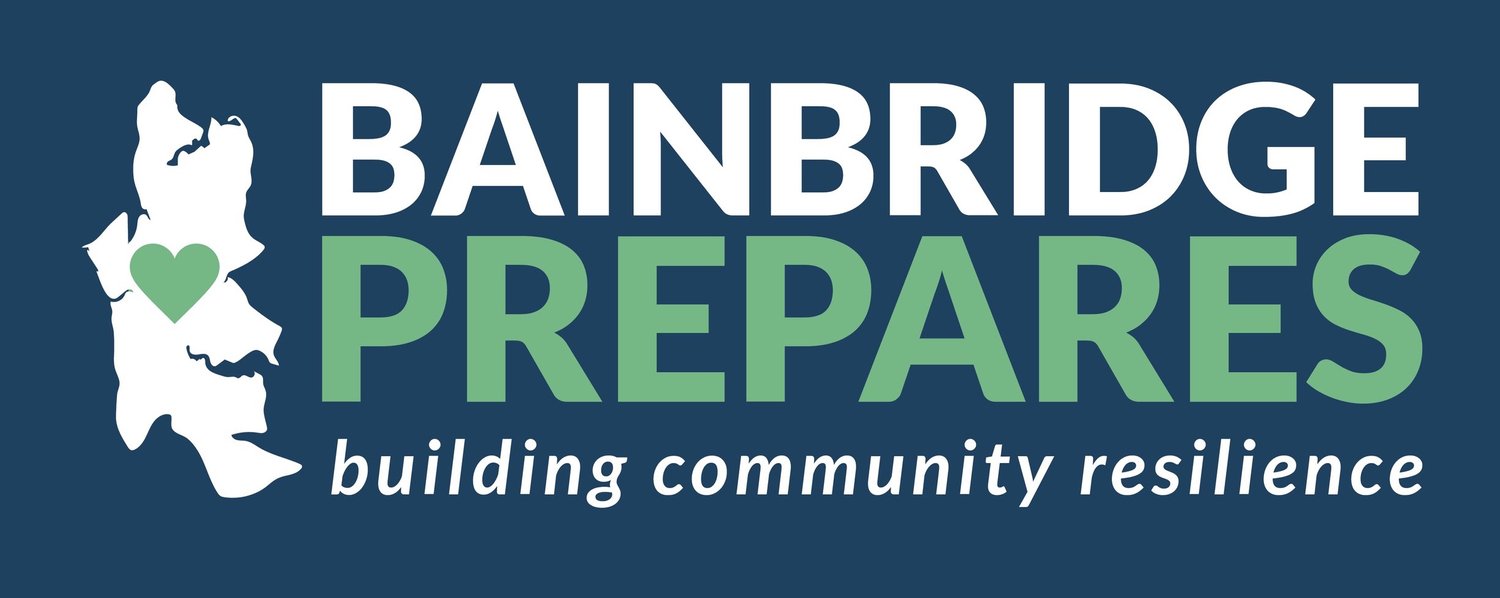Prepare in a Year 2025: Gather First Aid Supplies & Train
Our Prepare in a Year program helps you get ready for disasters, like large-scale earthquakes that isolate us from outside help for weeks or longer. By tackling one simple task per month, you can get your household in good shape by the end of a year.
The task for April is to gather first aid supplies in a kit or kits and get some basic training. When disaster strikes, medical responders may not be able to get to you for a while. You want to have basic life-saving medical supplies on hand and know how to use them.
First Aid Kit
Assemble a first aid kit that reflects your training and skills. You have two options for this: Buy a ready-made kit from a reputable provider or build your own. You may want multiple kits to keep in different places: your vehicle, at work, in a backpack, and at home.
Ready Made
MyMedic Kit
MyMedic and Adventure Medical Kits make good kits that come with a solid supply of what you need and not much of what you don’t.
MyMedic organizes their supplies into Mods. For example, the Gauze Mod contains two 3" x 4" Non-Adherent Pads, three 2" x 2" Non-Adherent Pads, three 2" x 2" Gauze Pads, two 4" x 4" Gauze Pads, one 2" Gauze Roll, and one 3" Gauze Roll. The organization helps in an emergency when you need to find something fast.
Adventure Medical Kits tell you the number of people each kit is designed to serve for a specific number of days. That’s because they’re designed for travel and expeditions. Their kits come with clear pockets so you can easily see the gear.
AMK Kit
DIY
What are the advantages of building your own kit?
You know your own training level and what you are prepared to treat.
You know the purpose of your kit—is it for a camping trip, for a biking trip, for your vehicle, for home?
You know approximately how many people you need it for and the particular needs of those people—for example, do you have someone with diabetes living in your household?
You can include pet supplies or build a pet emergency kit.
You can save money.
The main disadvantage is that you have to find and gather all the items yourself. But our gear lists can help you with that task. We provide a list for a basic kit for people with little to no training, and we have a list for an advanced kit.
DIY Kit
Training
What good is a first aid kit if you don’t know how to use it? You don’t have to get a medical degree, but there are two basic classes everyone should take and an additional class that at least one person in your household should take.
Basic Classes
The Bainbridge Island Fire Department regularly offers these two basic classes, which tend to run about an hour to two hours in length:
CPR/AED class. This will help you administer life-saving CPR and use an AED if one is available. CPR can help keep someone alive until you can get additional help.
Stop the Bleed class. Someone who isn’t breathing or whose heart isn’t beating is in big trouble. That’s where your knowledge of CPR/AED can be invaluable. But it’s also a problem if someone is bleeding. You should know how to stop bleeding until you can get the person to a professional who can perform surgery or do stitches.
First Aid Class
First Aid Classes vary but most will include CPR/AED so you can take care of all three training needs at once. They also will likely offer training in specific medical emergencies and how to treat specific injuries.
If you have an infant or toddler at home, you will want to make sure to gtet training in pediatric CPR/AED as well.
This month’s task is a little more complex than those of previous months. Don’t get discouraged. Work steadily on building a kit, look for training opportunities, and sign up when you have time. You’ll feel good knowing you can be of help should the need arise.
Want to win prizes? Visit the Prepare in a Year page for April to find out how.









